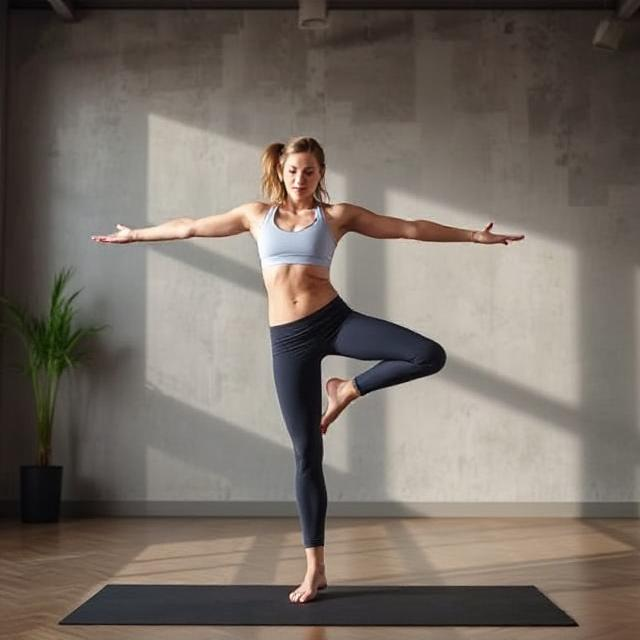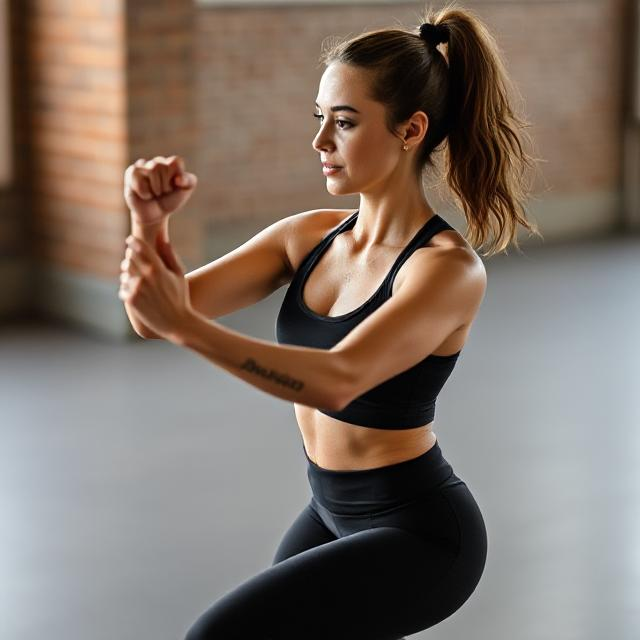Balance work is widely overlooked but it is necessary for maintaining stability as well as increasing general coordination, injury avoidance and power. Whether you are walking, running, or just moving through your day, your balance is your sense of equilibrium and provides a foundation for good posture as well as guards against falls and spills. Balance exercises work muscles that help keep you more steady on your feet, strengthening your stabilizing muscles allowing you to move more efficiently while also reducing the risk of falls. They push your body to do things many traditional exercises do not by challenging muscles to work together to hold a position, move smoothly and stabilize themselves. The problem is, most people seem to think balance exercises are easy, or that they are too simple to have any real effect. Here is what we feel are a few ways to further challenge your balance exercises, take your body to the next level, and increase its functionality. Whether you’re a novice or an experienced health nut, unlocking the full potential of your balance practice will deliver faster results, better payoff, and a stronger connection to your body. In this post, we’re going to take a look at nine of the pivotal ways to upgrade your balance exercises — in turn, squeezing more value out of the actions and investing in bigger results as time goes on.
1. Emphasize Form and Alignment
Whenever you’re doing an exercise, including the balance exercises below, form matters. If your alignment is off, there’s a chance your posture could fall or collapse, which in turn may cause the muscles to not be used effectively or even result in an injury. To make the most of your balance exercises, the alignment of your entire body should be top of mind from head to toe. Start by standing tall and straight with an upright spine, which means, head, neck and back in a straight line.
Your shoulders have to be relaxed and still squared a little and your chest has to be open. Hips in neutral, knees soft (never locked), distribute your weight evenly between your two feet. The way you distribute your weight in balance exercises is critical to stabilizing your body. Your feet should be lined up so they are hip distance and grounded. Just be sure to keep your toes forward, and use your legs and core to maintain stability as you stand. Correct form allows the muscles used during the balance exercises to do so more efficiently and effectively and safe.
In addition, it trains your ritual to not only keep your mind hearing but to keep your mind aware of the positioning of your body in space. It’s a lot easier to get your balance sorted when you’re in the right position, and with practice, you’ll be able to work up to some of the tougher moves with greater ease. It can be your worst enemy when done in poor form that can even result in unnecessary injuries and muscle imbalances, making it that much difficult for you to introduce body balance.

2. Begin with Basic Exercises and Work Your Way Up
It is vital to ease into your balance exercises when you are starting out. Balance training can be an acquired skill, so easing into a program can help to avoid injury, and it allows your muscles and joints to respond to one another in a more controlled manner. It may be tempting to start at an advanced level, but doing so can lead to frustration or – worse – injury.
Start with basic exercises, such as standing on one leg, walking toe-to-heel or straightforward knee bends. These movements might seem rudimentary, but engage important stabilizer muscles and establish the foundation for more complex exercises. You’ll want to get used to the feeling of this balance pillow before trying anything else out (and it will prevent muscle fatigue or overexertion). As you become stronger at these easier exercises, progress the level of difficulty by making the movements more dynamic or by adding instability, as standing on a balance disc or wobble cushion. At this point, you can also begin to introduce some movement patterns, adding a reach or a twist and still keeping your balance.
This slow evolution will allow you to develop both your physical and mental resistanceand over time you will find more complicated balance exercises less intimidating. With slow, intentional progression, your body can build the stability and strength you need to attempt and execute challenging balance exercises safely — expediting progress and building strength in your balance reflexes.

3. Integrate Balance Training into Daily Activities
Although prescribed balance training sessions are beneficial, integrating themes of balance into everyday practices is a great way to keep balance a part of your everyday focus. Life is not always conducted on the most stable surfaces or with the most predictable movements, so when you practice balance in real-life situations, you may improve your stability overall. For example, you can brush your teeth while balancing on one leg, tighten your core while standing in line for your coffee or practice standing on a soft surface while watching TV.
These small little tasks are really and excellent method to notch up the number of times each day you saddle up without necessarily committing to a true workout. If you’re stuck in a line or waiting for an elevator, do a single-leg stance, 30 seconds to a minute, to destabilize your balance. You can also mix balance activities into gardening, cooking or shopping by paying attention to posture, weight shifts and movements. These practical uses will not only help with physical balance, but also teach your mind to keep track of your body position enhancing overall coordination and your sense of body position (proprioception).
What’s more, as you incorporate balance training into your regular routine, you’ll find that balancing situations — such as walking on a wavy trail or having to stand for long periods — become a bit less challenging. This program helps to cement the gains that you achieve in your formal balance exercises and to incorporate balance into the movements that you would naturally make.

4. Add an Unstable Surface for More Challenge
Incorporating instability to your balance exercises can enhance difficulty and results of workout. Using the unstable surface of a balance board requires your body to activate its stabilization muscles in your legs, core, and feet, helping you get better at balancing and strengthening the smaller, oft-forgotten muscles.
You can utilize all type of equipment, tennis balls, balance boards, instability balls, wobble cushions, foam pads, during exercises to make an unstable base when you exercise. For instance, standing on a balance disc makes your body continually adjust to the moving surface, which improves your coordination and musculoskeletal stability. This trick is especially handy if you’re doing standing exercises, squatting or lunging. Because you’re performing these movements on an unsteady surface, your body learns to make adjustments more rapidly, and balancing begins to happen more instinctively for you.
Incorporating instability can further simulate that holistic “guy who never stands still” image, the way we are often times supposed to be able to “stabilize” when walking on an uneven surface like gravel or standing on a moving train. Start with a soft flat surface that has less challenge, begin to progress to him up on more difficult surfaces that provide more instability. Incorporating this added level of challenge to your practice, you will see improvements in body reaction time, muscle engagement, and total body strength.

5. Engage Your Core Muscles
The only challenge to mastering perfect balance is maintaining a solid, stable core to prevent your torso and pelvis from moving too much… and that is exactly where the balance board comes in. “Your ability to balance during your exercises, especially with dynamic movements, becomes much more challenging if your core muscles are weak or not firing properly.” With every balance exercise — whether you’re standing on one leg, doing squats or performing dynamic movements — engage your core.
This includes pulling your belly button in toward your spine, engaging the muscles around your waist and pulling your ribcage down toward your pelvis. Since it is a key to keep a proper posture, engaging your core also prevents the body from aligning itself improperly, such that you can maximize how effective a balance exercise will be. When you contract your core muscles, it not only stabilizes your body, but also helps distribute how much you weigh more evenly, so you’re more stable overall.
Working the core using exercises such as planks, crunches, and leg raises improves your balance workouts with better control. The stronger and more connected your core, the more effective your balance exercises will be. Include core strengthening exercises with your balance training and you will see a major difference in your static and dynamic balance over time.

6. Focusing on Position the Feet / Feet Alignment
Another frequently unconsidered part of balance training is foot position. The position of your feet can mean the difference between being able to stabilise or not. When balancing on one leg or exercising balance, make sure the foot is directly under the hips and not too far forward or behind. Your weight is distributed across your foot, which removes unnecessary stress on the knees and hips.
Try not to turn your ankles inwards, or outwards, doing so destabilizes the body posture and will just make balancing harder. Also, don’t forget to keep your arch activated fully and your toes straight out in front of you. When you’re doing balance work (for example, heel-to-toe walking), please do take every single step slowly and with control, and also pay attention to how you’re positioning your feet to make each step as smooth and stable as possible.
Your feet are your connection to the ground and how they are placed and used is crucial for balance while standing on one leg. A healthy foot that’s in alignment will help you weight bear your body better and keep your balance in line as you progress through a variety of movements. And to gain even more strength and stability in your feet, add some foot-specific exercises such as toe lifts, calf raises and foot flexions.

7. Add Dynamic Movements to TheraBand Leg Exercise to Work Balance
After you’ve mastered the simply balance exercises, add advanced movement exercises to up the challenge. These moves challenge your potential to balance when you are on the move, which is what you need in real life (with stability being key during movement). Dynamic movement move like walking lunges, squat-to-stand transitions or even side lunges will bring the challenge and test of controlling body position within a changing center of gravity.
These moves are more total-body and test your balance in different planes, which can help boost coordination and reduce your risk for injury. Dynamic balance: Dynamic balance exercises include reaching or twisting when you stand up, which require your body to stabilize itself while arms or torso are also in motion. By including these dynamic elements, we reproduce daily life movements, such as bending to pick up an object, or quickly turning to avoid a collision.
They work your muscles in a variety of positions at once, and increase your strength and balance simultaneously. As you advance, consider adding jumps, hops or other variations to challenge your body to balance even more effectively in dynamic circumstances. Not only will these workouts help you balance better, you also get some nice flexibility, strength, and agility!
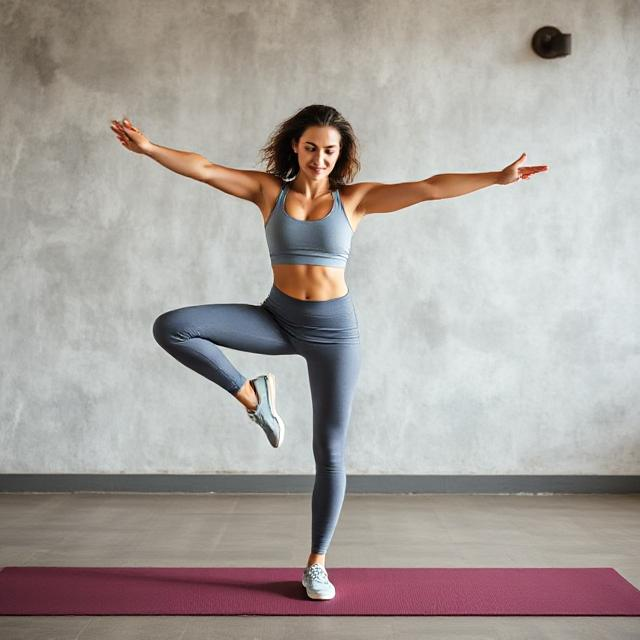
8. Improve your body awareness with visual input
Balance is also heavily influenced by proprioception, the body’s capacity to recognize where it is in the world. Use visuals and it will be easier to stay balanced and centered when you do balance exercises. Look at a focal point on the wall or floor when you’re doing standing balance exercises. This method, called “gaze fixation,” helps your brain stay centered by locking your attention in place.
With your eyes set on something straight ahead of you, you resist feelings of dizziness or disorientation while balancing, which means holding the position becomes easier. As you advance, you can close your eyes or look from one target to another to challenge your proprioception and fine-tune balance without the aid of visual stimulus not in contact with the ground.
This will give your body more feedback regarding its internal signaling and provide better stability. You can also experiment with various visual challenges—stand on one leg when watching a moving object or do exercises that require you to fixate on visual targets.
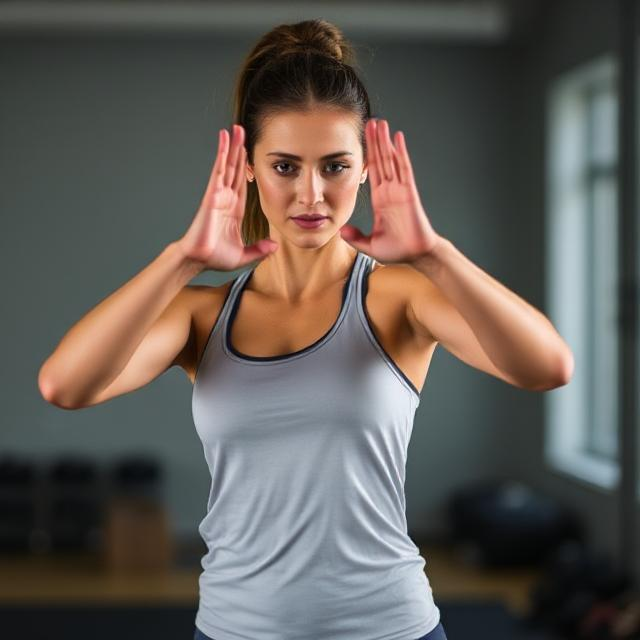
9. Practice Regularly and Be Patient
Last but not least, the most important thing for balance is just practice. As with all skills, balance is something that can be developed, and the more you practice, the more your body will be able to learn to deal with the challenges. Balance exercises might seem strange and awkward at first, or even hard to execute; but don’t be discouraged. Begin with short practice time concentrating on form and progression, and you’ll eventually see a lot of growth. Train several times a week, work on a combination of static and dynamic balance exercises.
It will come with time, however, and the things that you feel are tricky at first will become more natural to you. Consistency is what will get you to where you want to be in the long-term, so include balance as a regular part of your fitness routine, and don’t forget to pat yourself on the back as you watch the magic happen. With time, you’ll notice actual results as you improve that mobility and sense of stability, and all of this makes balance exercises an excellent investment of your time when working out.
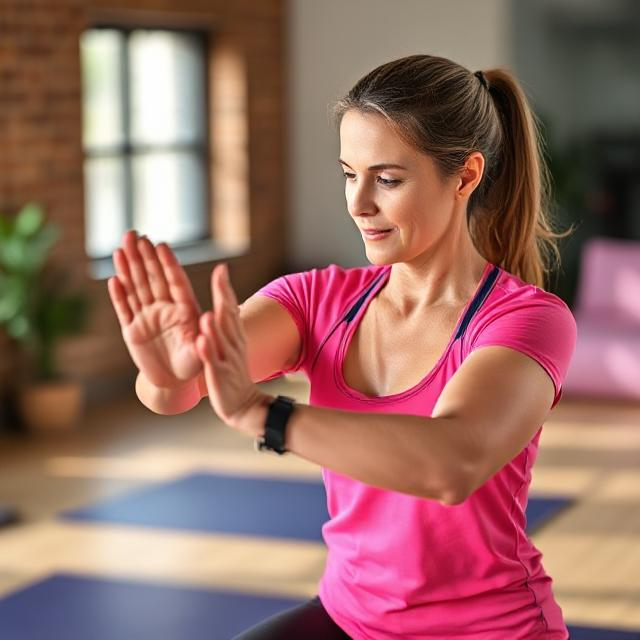
Balancing exercises are a great way for individuals to sculpt and tone their entire body. But it’s also essential to maximize the effectiveness of your practice, and that means concentrating on form, beginning with easy workout basics, and slowly advancing to higher-level moves. And by working your core, adding unstable surfaces, and building balance into your daily routine, you make sure that your training is as functional and not just effective. Keep in mind, when it comes to improving your balance, it’s a process that takes time, and you’ll see the most results in being patient as you do. Regular practice, along with paying attention to the appropriate techniques, will allow you to do more with your balance exercises, improve your strength, stability and all-around health. Whether you’re looking to train for athleticism, injury prevention, or just better overall mobility, these 9 tips will help you to improve the value of your balance exercises, benefit from it, and keep the results forever.
